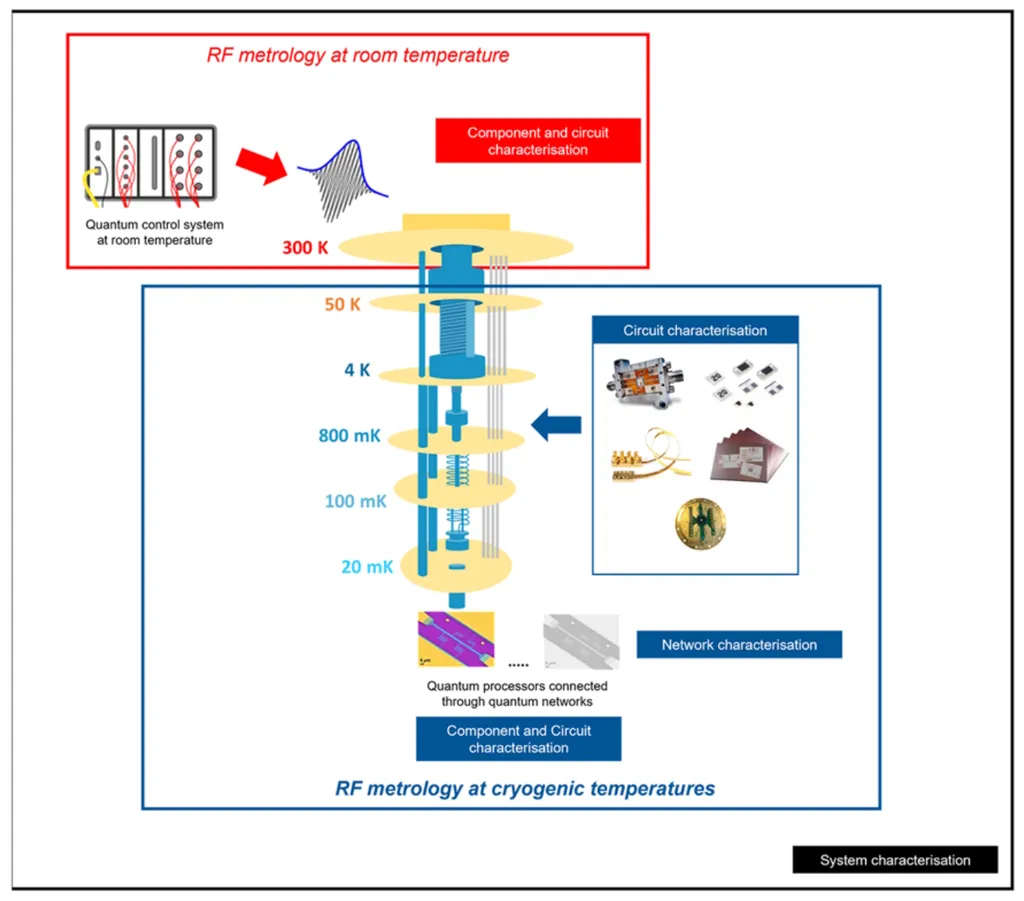In the quest to make quantum computing more practical and scalable, researchers are tackling one of the most significant hurdles: qubit readout. A recent study published in the IEEE Transactions on Quantum Engineering, or in English, the IEEE Transactions on Quantum Engineering, led by Laura Di Marino from the University of Naples Federico II, explores a novel approach to superconducting qubit readout that could revolutionize the field.
Quantum computers hold immense promise for the energy sector, from optimizing complex systems to accelerating materials discovery for more efficient solar cells and batteries. However, the current methods for reading out qubit states, which involve bulky, room-temperature electronics, are a bottleneck to scaling up these powerful machines. Di Marino and her team are addressing this challenge head-on.
The team’s focus is on a device called a Josephson digital phase detector (JDPD), which can digitize the phase sign of a coherent input. This detector operates at cryogenic temperatures, close to where the qubits themselves function, offering a more integrated and potentially more efficient solution. “The key advantage of our approach is that it brings the readout circuitry closer to the qubits, reducing the need for complex wiring and room-temperature electronics,” Di Marino explains.
The research delves into the nuances of flux bias characteristics and their impact on the JDPD’s performance. By understanding these intricacies, the team has proposed a cryogenic on-chip single flux quantum (SFQ)-based flux bias driver. This driver aims to maximize detection fidelity and address the engineering challenges associated with current readout methods.
The implications of this work extend beyond the lab. For the energy sector, more efficient and scalable quantum computers could lead to breakthroughs in modeling complex systems, optimizing energy grids, and developing new materials. “Our goal is to make quantum computing more accessible and practical,” Di Marino says. “By improving the readout process, we’re taking a step closer to realizing the full potential of this transformative technology.”
As the field of quantum computing continues to evolve, innovations like the JDPD and SFQ-based flux bias driver could pave the way for more robust and scalable quantum systems. This research not only advances our understanding of quantum readout but also brings us closer to a future where quantum computers play a pivotal role in solving some of the energy sector’s most pressing challenges.

